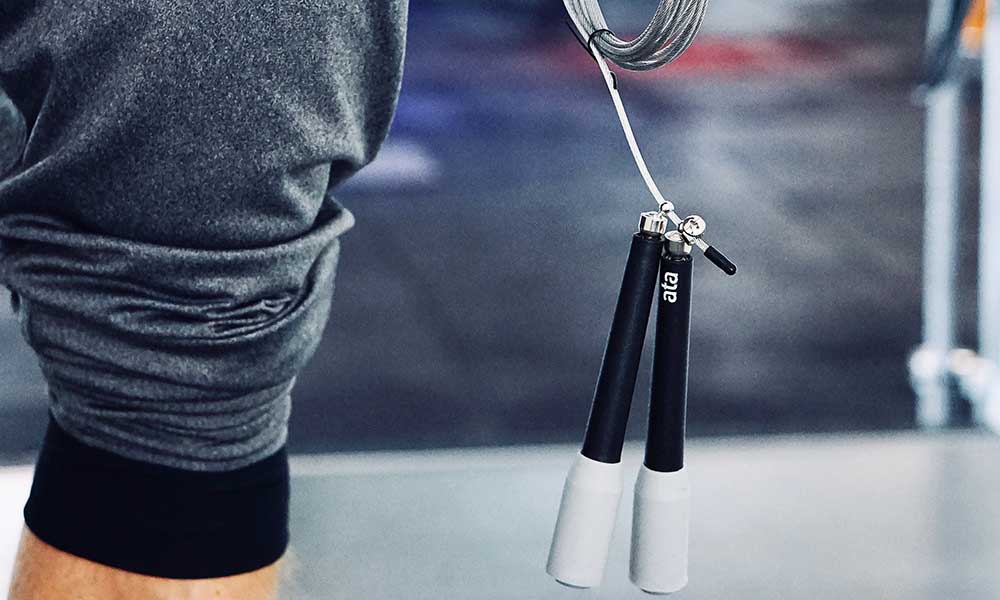For runners and trail runners alike, shin splints are a common and very frustrating injury that result in lower leg pain. This painful injury typically lasts for 3-4 weeks, but can last longer if the proper steps are not taken to resolve what caused them in the first place.
They can prevent you from reaching your training potential and keep you off the trails. The good news is that with a proper exercise routine you can avoid developing shin splints.
But, if you’re reading this article, it’s possible that you are already feeling the pain in your shins and are looking for a bit of relief so you can get back to running at your best and prevent them in the future.
For new trail runners, the lack of proper supportive trail running or running shoes mixed with running too many hills without properly growing the muscles can lead to shin splints.
After we learn about what they are, we will talk about the causes of shin splints and how to recover from them then how to prevent them from happening again.
What are shin splints?
Shin splints or medial tibial stress syndrome refer to a pain near your shin bone, which is the long bone—the tibia—that runs along the front of your lower leg. Medial tibial stress syndrome occurs when the tendons, bone tissue, connective tissues and muscles around your shin bone become inflamed.
What are the symptoms of shin splints?
You will feel pain along your shin bone, typically starting on the inside, but sometimes moving to the outside. The area can be tender when touched as it is physically inflamed.
Shin splints may start as a more periodic discomfort while you’re out running, but if you keep running through them, they will grow into a more steady pain that lasts even beyond your workout. A dull ache or sharp pain is a sign that something is wrong.
Shin splints can be confused for stress fractures or Exertional Compartment Syndrome (ECS), so it may be worth a visit to your medical professional to make sure your pain isn’t an indication of something more serious.
How do you get shin splints?
Shin splints usually occur when you are beginning your training and possibly training too hard and too fast. This is especially a concern for trail runners who will be heading up and down hills, often on uneven surfaces. This requires a lot out of the lower leg muscles. Athletes of any kind, though, are susceptible as long as running and jumping is involved.
In addition, shin splints can also be an indication of running shoes that aren’t offering you enough support or are worn out and needing to be changed.
How to recover from shin splints?
A stress fracture can occur when the muscles cannot support the activity which leads to additional stress on the bones. Ignoring your shin splints could lead to something worse. The goal is to get back to running at your best within a few weeks, so taking the right steps from the beginning will get you back on the trails without any extra delay.
Take it easy
Rest is the first key to recovering from shin splints. It is important to take some time off of your running to let your muscles heal and recover. This doesn’t mean you have to stop exercising altogether, you can try low impact exercises or no impact activity such as biking or swimming.
Ice and anti-inflammatory painkillers
As the area is physically swollen, applying ice for 15-20 minutes a few times a day can help to reduce the swelling and pain. Nonsteroidal anti-inflammatory drugs (NSAIDs) are also helpful as you recover, always remembering to follow the recommended dosage and the advice of your medical professional.
Shoes and inserts
Having a professional look at the shoes you are wearing in your everyday life and for exercise is key to your recovery. There are insoles available, and certain shoe brands specifically address issues that can lead to shin splints.
Vitamin supplements
Also talk to your doctor about a possible vitamin deficiency. It is possible that taking a supplement can help your recovery and prevent future injury.
Professional diagnosis
If it’s been a couple of weeks of attempting to recover and you’re still in pain you may need to have your shin splints diagnosed by your medical professional, then visit a physical therapist to recommend a targeted recovery plan.
Remember to return slowly to your training as you don’t want to reactivate the injury. If you start feeling the pain again, slow down or stop.
How to prevent shin splints?
The right shoes
Supportive running shoes are key to helping to prevent shin splints. If you are finding that your shoes are worn out or not quite right for the terrain you are running on, we recommend heading down to your local running shop to have a professional test your gait and pronation of your feet to find the right shoes for you. And don’t forget to ask about recycling your old shoes while you’re there so there are still beautiful trails to run in the future.
Orthopedic inserts can be incredibly helpful for those with flat feet or who need additional support in their arches. The goal is to relieve the stress on your lower legs while you’re out there on your feet.
Steady increase of activity
Many injuries, including shin splints are due to increasing your level of activity too quickly. For trail runners, the increase of miles, duration and difficulty presents a perfect environment for shin splints. The general rule of thumb is to only increase your weekly effort by 10% and listen to your body.
Listen to your body
Athletes tend to be stubborn, that’s what gets them through those really difficult moments and to keep getting stronger. The downside is that it leads to running through the pain which can turn a light injury into one that keeps you off the trails for months. So, if you’re feeling pain that is not normal, take some time to rest and plan a visit to your medical professional so you don’t make things worse.
Stretching and strengthening
Stretching before and after your exercise is a great way to keep your muscles working their best.
You should also specifically target the lower leg muscles with exercises such as calf raises, ankle inversions using resistance bands and standing soleus raises. For help in how to do these exercises, just search their names in your web browser to find tutorials.
A physical therapist can also help provide you with the proper exercises to get back to running pain free. You may even consider a running coach to help improve your running form.







